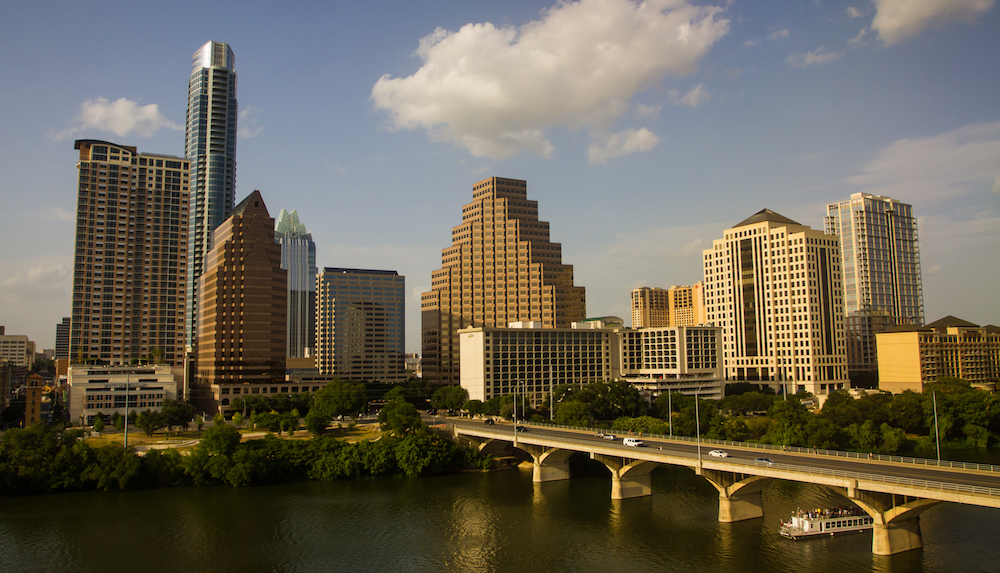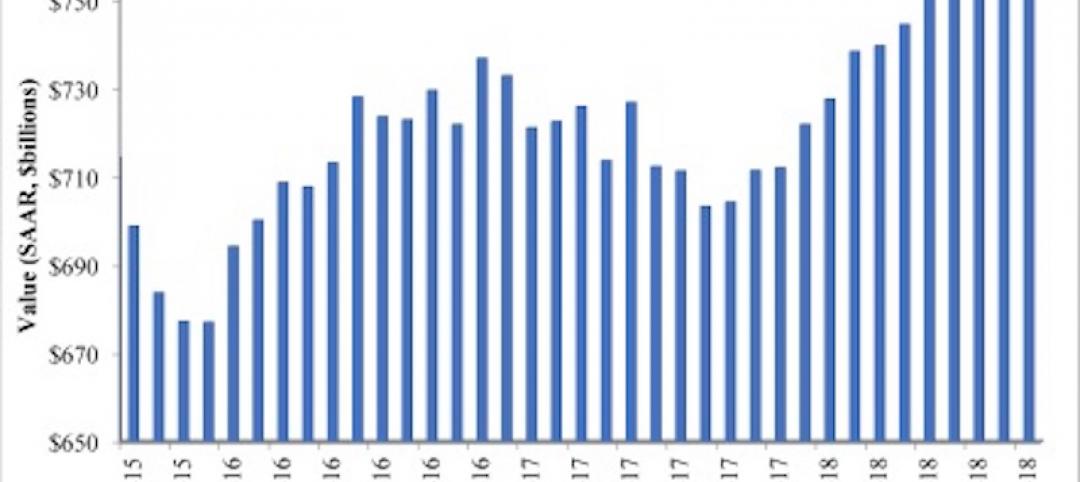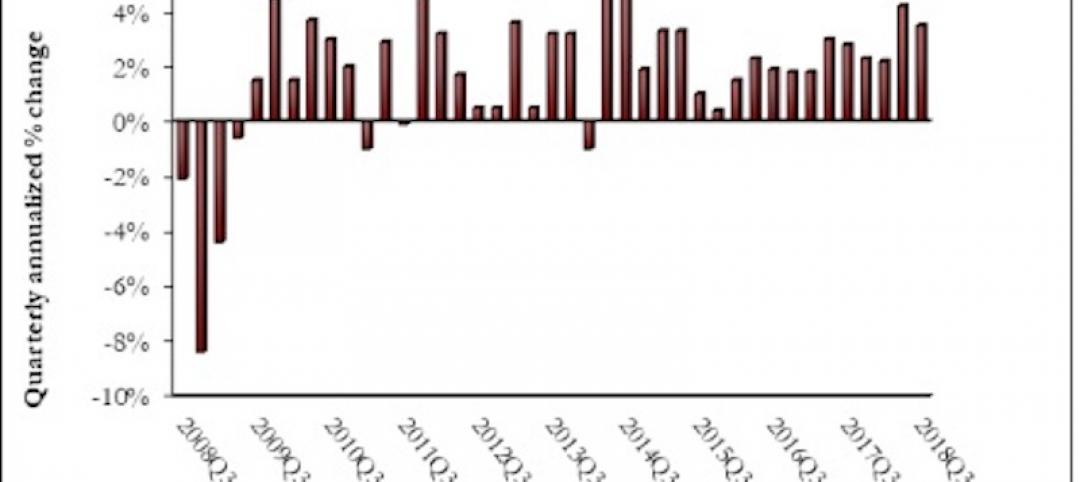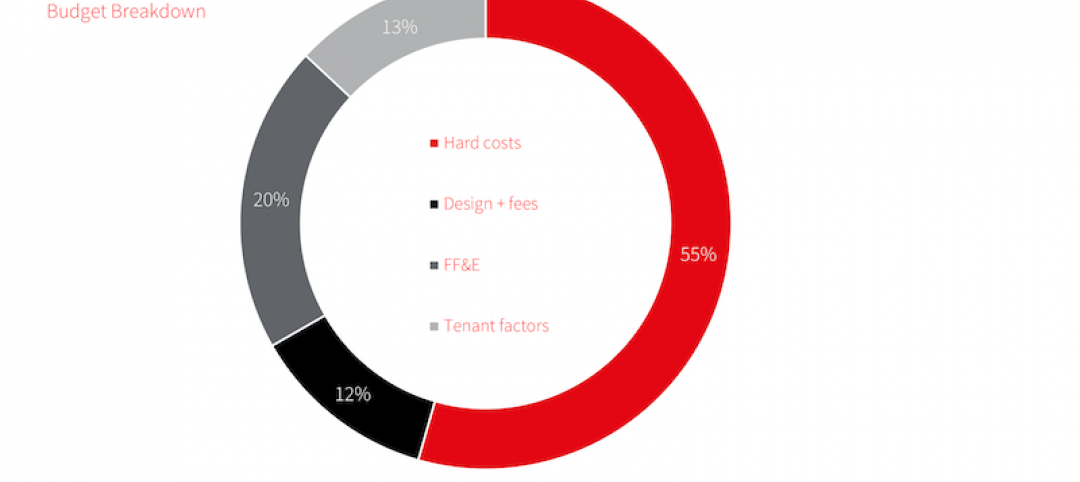Looks like another generation of Americans finds the suburban life appealing. Recently released Census Bureau estimates found that urban areas accounted for only 20% of the country’s population growth between July 2014 and July 2015. The mark is 1% lower than last year and 6.7% lower than in 2011.
According to Fortune, the older Millennials are now looking to buy their first houses, and suburban real estate is more affordable than urban properties.
Some of the trendier cities for younger adults, including New York City, Boston, and Austin, Texas, have experience slower growth. A few Rust Belt cities, including Chicago, Cleveland and Pittsburgh, lost more residents than they gained last year.
Some suburbs in the west and south experienced a significant population increase. Georgetown, Texas, a suburb of Austin, saw the biggest boom, rising 7.8% to 63,716. Other popular cities included Frisco (6.3 to 154,407), a city near Dallas; Dublin (5.5% to 57,721), which is just outside of the Bay Area; and Broomfield (5.2% to 65,065), located north of Denver.
Related Stories
Market Data | Nov 6, 2018
Unflagging national office market enjoys economic tailwinds
Stable vacancy helped push asking rents 4% higher in third quarter.
Market Data | Nov 2, 2018
Nonresidential spending retains momentum in September, up 8.9% year over year
Total nonresidential spending stood at $767.1 billion on a seasonally adjusted, annualized rate in September.
Market Data | Oct 30, 2018
Construction projects planned and ongoing by world’s megacities valued at $4.2trn
The report states that Dubai tops the list with total project values amounting to US$374.2bn.
Market Data | Oct 26, 2018
Nonresidential fixed investment returns to earth in Q3
Despite the broader economic growth, fixed investment inched 0.3% lower in the third quarter.
Market Data | Oct 24, 2018
Architecture firm billings slow but remain positive in September
Billings growth slows but is stable across sectors.
Market Data | Oct 19, 2018
New York’s five-year construction spending boom could be slowing over the next two years
Nonresidential building could still add more than 90 million sf through 2020.
Market Data | Oct 8, 2018
Global construction set to rise to US$12.9 trillion by 2022, driven by Asia Pacific, Africa and the Middle East
The pace of global construction growth is set to improve slightly to 3.7% between 2019 and 2020.
Market Data | Sep 25, 2018
Contractors remain upbeat in Q2, according to ABC’s latest Construction Confidence Index
More than three in four construction firms expect that sales will continue to rise over the next six months, while three in five expect higher profit margins.
Market Data | Sep 24, 2018
Hotel construction pipeline reaches record highs
There are 5,988 projects/1,133,017 rooms currently under construction worldwide.
Market Data | Sep 21, 2018
JLL fit out report portrays a hot but tenant-favorable office market
This year’s analysis draws from 2,800 projects.

















